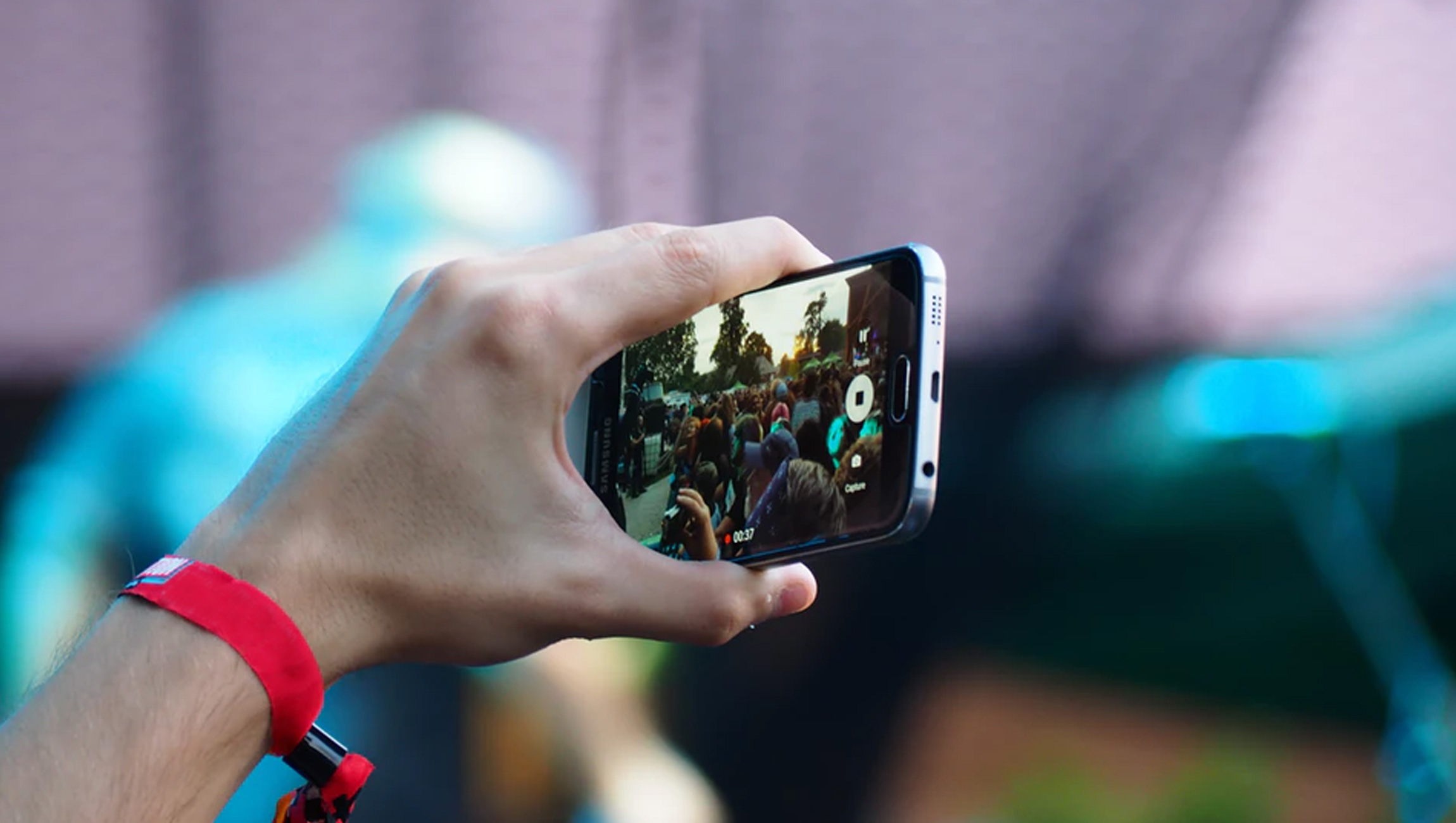“Facebook is dead.” “The content sucks.” The media beatdown never stops. And yet we’re seeing up close how brands are allocating more of their digital dollars to Facebook advertising year-over-year. Conspiratory “truther” talk? Fake news? Hardly. Brands cannot deny two simple truths: 1) They’re always testing everything because they have to, and 2) after considerable testing and budget shifts, brands more often than not come back to Facebook fueled by a fierce desire to scale. Facebook advertising — when contextually relevant — to 2.32 billion folks still works.
The question of allocating advertising dollars to social media is no longer a matter of “if” but “where” and “how much.” This is more important than ever before given 68% of American adults report that they are Facebook users and about three-quarters of those users access Facebook on a daily basis. Facebook continues to evolve the ways a brand can engage with consumers, for example through advances in their video offerings, and with chatbots and Augmented Reality on Facebook Messenger. The platform now offers deeper opportunities for marketers to shift focus from “fancy metrics” to actionable results linked to business objectives.
Read More: Eye Rolls at Pre-Rolls: How to Escape the Trap of Annoying Ads
Facebook’s value for advertisers can be distilled into three key differentiators:
Endless Segmentation and Targeting Opportunities
Facebook offers businesses a dozen different ad formats and thousands of possible ad targeting opportunities. Diversified and comprehensive strategies can help you tap into new fanbases and communities and scale immensely in a short amount of time. And, the categories range from generally intuitive to totally bizarre. Take a look at Reese’s, which was struggling to increase sales and awareness of its new product — Outrageous Bars (a gooey treat stuffed with Reese’s Pieces, peanut butter, caramel all drizzled with milk chocolate).
The brand has 12 million outrageously loyal Facebook followers who literally go to extremes when it comes to showing their undying love for chocolate in their everyday work and personal lives. Reese’s focused on these supercharged, socially engaged Facebook fans to drive demand for the new product. The game plan: Take over an unsuspecting town’s Halloween celebration, pre-launch the Outrageous Bars by mysteriously pre-seeding samples among local media and hold a video contest inviting fans to share their unwavering dedication for Reese’s to win year’s supply of Reese’s and $10,000. The campaign saw 2.1 billion combined media and social impressions and 6,634 media placements (combined with Twitter outreach) at a very low-cost investment.
Segmentation and targeting are a two-way street; Reese’s was able to use their loyal fanbase to drive sharing and awareness to different consumers, understand the journey these consumers had taken through Facebook, and get to a new level of profiling more than brands have been able to do in the past. And, Reese’s met with great success when pairing a stunt marketing opportunity with a qualified layer of targeting, changing the way the brand could launch a basic chocolate bar.
While most folks assume Facebook reigns supreme at targeting at specific primary audiences, the platform can work just as well for mass secondary reach, which can sometimes be more important than driving primary experiences. The same can be seen for Facebook-owned Instagram, which is growing in prevalence and sophistication. Smartly targeting new audiences with eye-popping marketing messaging (especially through high-growth video and mobile video formats) is now only limited by ambition and creative.
Read More: 3 Ways Mobile Technology is Changing the Brick-and-Mortar Experience
It’s A Top Channel for Discovery
Product discovery traditionally took place at the e-commerce level and was rooted in consumers searching for products that they knew they wanted. With billions of images and videos shared daily, the 24/7 shopper is now discovering products more often across social media causing consumers to stop scrolling and ask, “What’s that?” creating impressionable moments of discovery and demonstrating the need for brands to create compelling content for each channel. Add to this — traditional desktop-based principles of search are no longer natural points of entry in today’s mobile-first app economy.
And, this is where Facebook has been an underappreciated source as an effective search channel. In 2018, over 56% of Facebook’s Story users have browsed the brand’s website to get more info after seeing a product/service in Stories. In an age where device connectivity is more important than ever, consumers today are expecting to find that imitable Amazon-like experience just about everywhere. And, Facebook has easily maintained its place as the leading social platform, reaching 60.6% of internet users.
Interestingly, the Facebook family of apps helps facilitate this complex discovery process to spark the consumer’s interest as it is the top source of online discovery for shoppers, particularly in household staples, apparel & accessories, and media & entertainment. An advantage Facebook has over the second most popular social site for product discovery (Pinterest) is its ability to manage multiple discovery mediums (text, images, videos, etc.)
Live Video Projected to Grow
It’s no surprise that video outperforms images. It grabs your audience’s attention in the newsfeed and holds on to that attention for longer than a post, leading to greater engagement rates. Facebook is now looking to drive uptake of its live video tool: Facebook Live. This is in response to mounting interest in live and long-form content. Live video offers the potential for new creative approaches to marketing for businesses of any size and scale given almost all of Facebook’s 1.5 billion daily users access it via mobile.
In 2017, Facebook had launched a dedicated video channel (Watch) were it hosts longer-form, original video content across multiple genres, from drama and comedy to documentary. It’s clear Facebook has a strong desire to reinvent itself as a hub for video, which could lead to bidding wars for content such as live sports. Early reports suggest the company has reserved a “few billion dollars” to spend on global sports deals, which bodes well for the entire advertising community.
Making a connection between your target customers and your brand requires new ways to not just stand out to the right audience with the right message at the right time, but also to build on that connection and create a solid, trusted relationship. While Facebook withstands punch after punch in the regulatory ring, it’s clear the platform still delivers on ad spend. The key is to identify when and where to pivot towards the ever-evolving customer obsession. And, Facebook does this well. All of these services align with the consumer’s very first spark of interest: helping people get to better things, faster. This is why Facebook will continue to work.
Read More: How AI will Change the Game for Influencer Marketing












Comments are closed.